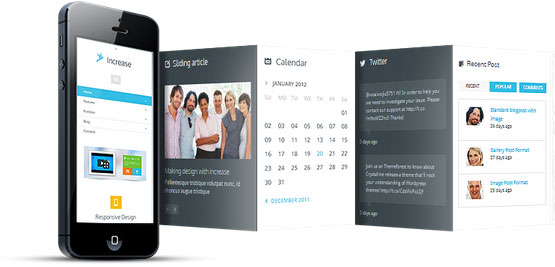Fostering transparency and trust between employers and employees is essential for organizational success. This is where tools like Work Examiner come into play, redefining the landscape of employee monitoring. Unlike traditional surveillance practices that may feel invasive, Work Examiner focuses on creating an open and honest environment. For more information check http://efficientlab.com/
The Need for Transparent Monitoring
The shift toward remote and hybrid work models has driven many companies to seek solutions for managing productivity and maintaining data security. However, introducing employee monitoring software can lead to concerns about privacy and ethical practices. This is why transparency is the cornerstone of effective employee monitoring.
Transparency in monitoring builds trust, showing employees that data collection is fair, focused, and limited to work-related activities. When employees understand how and why monitoring is done, they are more likely to accept it and even see it as a tool for mutual benefit.
How Work Examiner Achieves Transparency?
Work Examiner is designed with transparency as its guiding principle. Here’s how it stands out:
Clear Communication and Consent
Work Examiner promotes open communication by allowing employers to inform employees about what kind of data is being collected and for what purposes. This helps create an environment where employees are aware that their activities are being monitored, but with the intent of ensuring productivity and security rather than micromanagement.
Detailed Reports with Context
One of Work Examiner’s strengths is its ability to provide detailed reports that present data in context. Instead of merely flagging employees for certain behaviors, the tool offers insights into work patterns. For example, it can show peak productivity hours or highlight if someone needs support due to consistently long hours or difficult projects. This nuanced approach shows that the focus is on improvement and growth, not punishment.
Customizable Monitoring Features
Employers can customize monitoring to include only relevant activities, reinforcing trust by avoiding unnecessary data collection. Whether it’s tracking app usage or website visits, the parameters can be set according to company policy and aligned with employee expectations. This flexibility prevents overreach and aligns with ethical guidelines on employee data privacy.
Employee Access to Their Data
Transparency isn’t just about what employers see; it’s also about what employees can access. Work Examiner allows employees to view their own activity records. This reinforces trust and promotes self-awareness, enabling employees to manage their time better and understand their productivity metrics.
Benefits for Employees and Employers
For employers, transparent monitoring translates into a clearer understanding of workforce productivity and more effective workload distribution. It can pinpoint areas where training or additional support may be needed, ultimately boosting team efficiency and job satisfaction.
For employees, transparency reduces the fear of being unfairly scrutinized. Knowing that monitoring serves a constructive purpose fosters trust in management and can lead to a healthier workplace culture. This openness helps employees feel respected and valued, motivating them to contribute positively to the company’s goals.
A Balanced Approach to Monitoring
Work Examiner’s approach ensures that monitoring does not compromise the sense of autonomy or privacy that employees need. By promoting clear guidelines, open communication, and ethical monitoring practices, Work Examiner bridges the gap between productivity needs and employee rights.
Work Examiner provides a model for how transparent employee monitoring can be implemented effectively. By emphasizing clarity, fairness, and mutual understanding, it transforms monitoring from a source of tension into a beneficial practice that supports both employers and employees alike.

